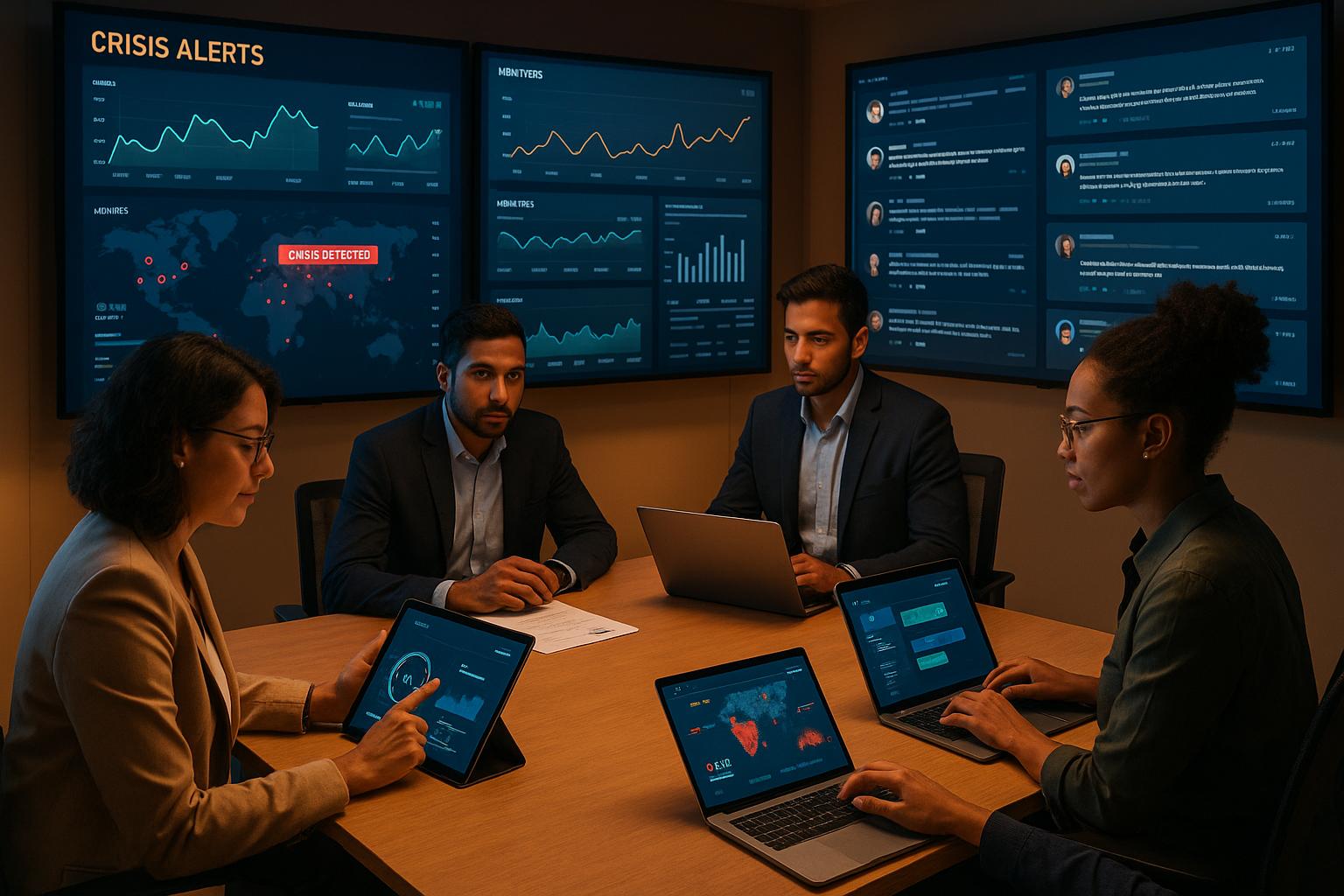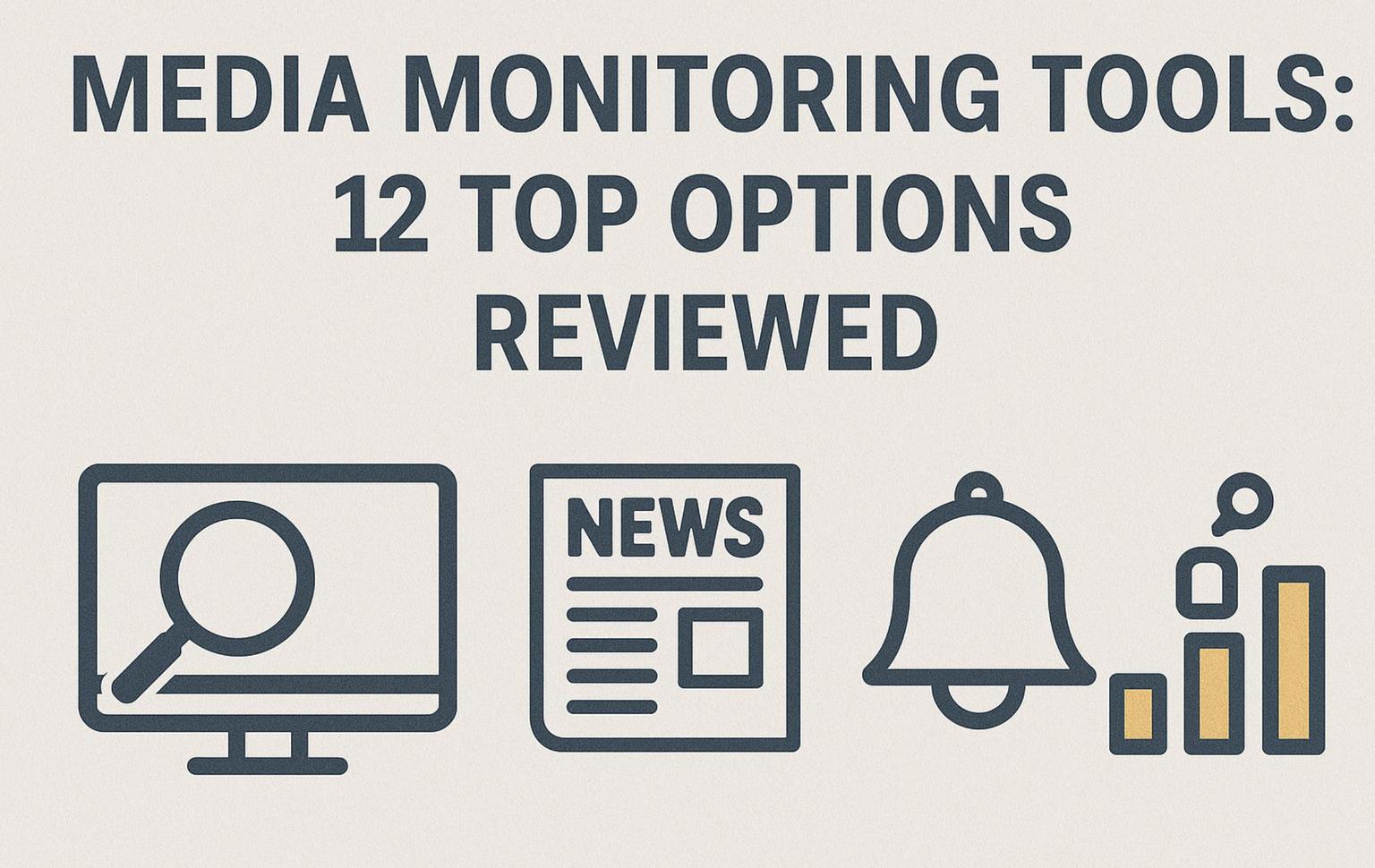At AllDigitalPR, we've analyzed all available data from Help A Reporter Out (HARO) and Source of Sources (SOS) to identify the primary trends and opportunities these platforms provide for digital PR initiatives. These platforms enable connections between journalists and relevant sources, facilitating link-building and enhancing brand visibility, crucial for every digital PR strategy.
Reactive PR leverages these queries effectively by providing timely expert insights into trending stories, offering an efficient, cost-effective strategy to build backlinks and boost online presence.
Key highlights:
- Expert quotes dominate: Analysis of over 6,000 combined HARO and SOS requests showed that more than half specifically sought expert commentary. Interviews and product round-ups trailed significantly behind.
- Leading topics: The Business & Finance category accounts for approximately 27% of all requests. Additionally, previously broad "General" queries have now been segmented into targeted topics like Home & Garden, Travel & Hospitality, and Professional Advice.
- Rapid response essential: The median response window across both platforms is roughly 48 hours, emphasizing the need for PR professionals to act swiftly to secure media placements.
- Prominent media outlets utilize platforms: Renowned media organizations such as USA Today, CBS News, Forbes, and GOBankingRates actively use these platforms to source expert input, highlighting their value for gaining high-profile exposure.
- Effective Reactive PR opportunities: Utilizing platforms like HARO and SOS for reactive digital PR (newsjacking) allows brands to quickly engage with trending topics and obtain valuable backlinks.
Detailed HARO Insights
Within nearly 2,500 analyzed HARO queries, requests for expert quotes comprised more than 58% of all pitches, significantly ahead of interviews (~16%) and product round-ups (~15%). The predominant category was Business & Finance, with Health & Pharma and Lifestyle & Entertainment following closely.
Additionally, we refined the broad “General” category by examining query summaries, reassigning them primarily into Home & Garden (topics like mold removal and gardening), Travel & Hospitality (such as flight attendant experiences and spa recommendations), and Public Policy & Government (covering policy issues and public-land usage). Most queries demanded responses within one to two days, underscoring the importance of rapid engagement.
Key charts for HARO:
Hook types:
Top categories:
Urgency distribution:
Top keywords:
Top outlets:
Detailed SOS Insights
Analysis of approximately 3,500 SOS queries revealed similar trends. Requests for expert quotes accounted for about 52% of all pitches, with interviews and product round-ups again trailing. After consolidating overlapping categories (e.g., merging “Healthcare and Pharma” and “Biotech and Healthcare” into Health & Pharma), the top categories were Business & Finance, General, Health & Pharma, and Lifestyle & Entertainment.
Keyword analysis of the "General" category indicated notable interest in topics such as Pets & Veterinary, Home & Interior, Gifts & Products, and Professional Advice. Although SOS deadlines tended to be marginally longer, most still required responses within a two-day timeframe.
Key charts for SOS:
Hook types:
Top categories:
Urgency distribution:
Top keywords:
Top outlets:
Combined HARO + SOS analysis
When merging both datasets (≈6 000 total queries), the overarching trends become clear:
- Expert commentary is everything. Over half of all queries requested expert quotes. PR teams should cultivate relationships with subject‑matter experts and prepare concise, news‑ready bios.
- The Finance, General and Lifestyle verticals dominate across both platforms, together accounting for nearly two‑thirds of all queries. Diversifying spokesperson expertise in these areas will maximise opportunities.
- Health & Pharma is substantial once overlapping categories are unified, revealing strong demand for healthcare commentary.
- Deadlines are short. The median urgency across both platforms is ~50 hours; the longest deadlines stretch into weeks, but they are outliers. Reactive campaigns must therefore monitor HARO and SOS multiple times per day to respond promptly.
ENDS: Methodology
This analysis used anonymised data from Help A Reporter Out (HARO) and Source of Sources (SOS) as of 27 July 2025. Each dataset was cleaned to remove duplicate or malformed entries, and healthcare‑related categories were unified. For the broad “General” category, we used keyword and summary‑text analysis to assign requests to more specific themes such as pets, home & interior, gifts and professional advice. Urgency figures were converted to hours and truncated at realistic values to calculate means, medians, minima and maxima. All charts were created with Python’s pandas, matplotlib and seaborn libraries.
We believe this data‑driven approach will help digital PR and marketing teams prioritise hooks, categories and timing to maximise the effectiveness of their reactive outreach campaigns.
Guide: Responding to HARO and SOS Requests
Given the competition on platforms like HARO and SOS, with tens of thousands of journalists and over a million sources, responding strategically is crucial. Here are proven tactics to craft effective pitches:
- Respond Promptly: Both HARO and SOS send out multiple digests daily, and early responses have a greater chance of being selected. Aim to respond the same day to significantly boost your chances.
- Prioritize Quality Over Quantity: Avoid generic responses. Instead, select queries that closely match your expertise, taking the time to provide thoughtful, well-crafted responses. This targeted approach substantially improves your success rate.
- Foster Journalist Relationships: When your insight is featured, amplify the resulting coverage through your channels, tag the journalist, and maintain ongoing communication. Sustained relationships can turn initial mentions into recurring coverage.
- Maintain a Contact Database: Track interactions with reporters in a simple spreadsheet, noting covered topics and outcomes. Regularly analyze which links drive significant traffic to prioritize those media relationships in future interactions.
- Expand Beyond HARO and SOS: Given the saturation on these platforms, consider contacting key journalists directly with personalized outreach, usine media database tools such as Muck Rack or Meltwater. Direct engagement can significantly differentiate your pitch.
- Crafting Effective Pitches: Ensure your subject line is clear, concise, and relevant (e.g., “[HARO Response] Expert Advice on Mold Prevention at Home”). Provide a brief professional introduction, answer the query succinctly, and avoid attachments—linking to supporting resources instead. These practices enhance your pitch visibility and success rate.
- Do not use AI generated responses: HARO and SOS queries are mainly about expert quotes and commentaries, and every AI generated response will be discovered in the end.


